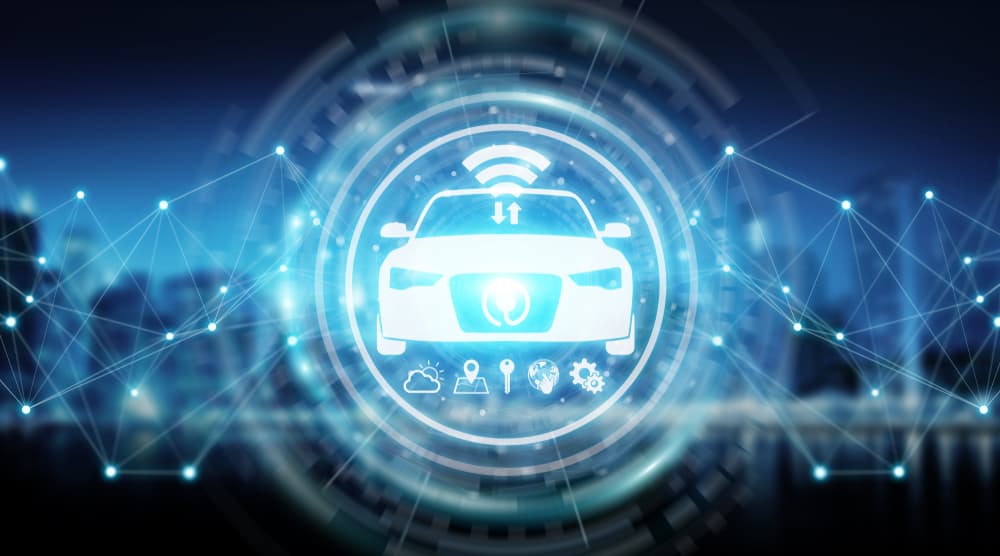
To a techno-savant, the debate around the concept of autonomous vehicles might sound commonplace, just like the reception around any other technology that is changing the status quo. However, on a second glance, it would be evident that the yardstick for autonomous vehicles is quite different as it is not just about technological displacement, but rather a concept that can remold the transportation industry forever.
Technological disruption across the transportation industry is nothing new, as vehicles become more efficient, powerful, and easy to drive with every passing year. The fundamental idea of driving though, has largely remained the same for over a century. Driving a Tesla Model 3 today is no different from driving a Volkswagen Beetle from the 1940s – an idea which a fully autonomous car would change for good.
That being said, fully autonomous vehicles have still not materialized, and it might take a while before that happens. There are different highway environments across different parts of the world to contend with before a vehicle could be certified safe to roll out on its own. And even if the technology is rock solid, it would have to pass through extensive regulations and cybersecurity measures before it gets to see the light of day.
There are five levels of automation, with level 5 being the ideal level of automation that companies are working to attain. “The cars being sold today are with level 2 automation, and experiments are going on at levels 3, 4, and 5,” said Ronny Cohen, CEO of VAYA Vision, an Israeli company developing perception systems for autonomous vehicles. “Today, you would want the attention of the driver to be on the road, meaning drivers are always responsible. But when you go to higher levels of automation, the system would let a driver take his attention off the road – not just hands off the wheel, but also eyes off the road.”
Cohen maintained that teleoperation would be the next big step on the automation roadmap, before it graduates to higher levels. “Humans controlling the car remotely would bridge the gap between what we have today and what we will have in some years to come,” he said.
Teleoperation could come handy with the trucking industry as it involves drivers staying behind the wheel for long stretches of the day. Cohen insisted that teleoperation could help with trucks picking the right lane on a highway and drive autonomously, and can notify the controller at critical instances, like when it enters a narrow street or when it is on the edge of a city.
But when questioned about the validity of teleoperational methods in the autonomous driving timeline, Cohen said it is a phase and teleoperation would eventually fall out of contention. Then again, he believed it would take at least a decade for companies to figure out fully automated vehicles, as the machine developed should be adept at driving through complex environments like southern Italy, Tel Aviv or parts of India, like it does in California.
Cohen also pointed out the apparent disconnect between OEM manufacturers and startups working on autonomous software. “OEM manufacturers want to progress gradually from level 2 to level 3 and from level 3 to level 4, with a focus on safety and costs of development. But companies like Uber and Google do not care about how much it costs, and put in much money with the intent of getting performance,” he said.
While ground zero witnesses a race to reach the goal of fully autonomous vehicles, legislation to support the technology on the highways is still unclear. Reducing casualties on the road is a priority for governments, and if autonomous vehicles could do that, there would be little to stop it from gaining center stage in the future. Cohen dismissed the concerns developed over one-off accidents on the road involving autonomous cars.
“Accidents will happen, like the one where Uber killed a pedestrian during a test. But eventually everybody realizes that this is the path for us to go,” said Cohen. “Airbags in cars have also killed quite a few people, but it saves many more people than it kills. The benefit is much higher, and the same goes for autonomous driving.”
Cohen also addressed the need of cybersecurity in autonomous vehicles to ward off rogue elements from hacking systems. “Once a car becomes autonomous, it also becomes a connected vehicle. And if you look at the internal structure of the car, there will be parts that are more easily connected with the outer world, like the entertainment system and parts that control the car – which will be carefully isolated from external approach and well protected,” he said. “Of course, there is a lot of work to be done, but there is potential here, and we need to take it.”
Stay up-to-date with the latest commentary and insights on FreightTech and the impact to the markets by subscribing.










